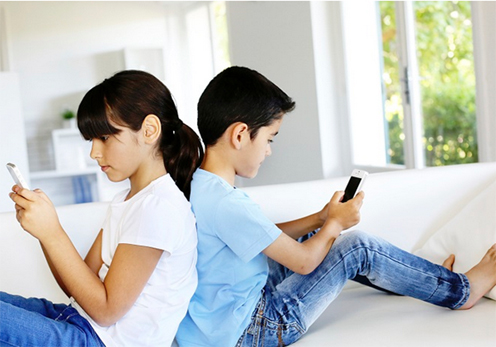Small Indulgences: Why the Cost of Raising a Child Is So High

According to Statistics Canada in 2023, the total cost of raising a child in Canada: $293,000. That works out to $17,235 per year for a two-parent, middle-income family with two children, according to the first national estimate in over a decade.. Fortunately, many parenting experts are saying that some of the things parents are paying for these days aren’t necessary and many are just plain over-the-top. Let’s take a look at what kinds of expenses raising a child now commands and why, in some cases, it might pay for parents (and kids) to go without.
The Little Things
Super strollers, fancy car seats, playpens, swings, bouncy chairs, changing tables, bibs, burp cloths… you might assume that tiny infants have big needs. Save yourself the money. They don’t need even half of it. Plus, the cost of some of these items is astronomical. Will your baby really be better off with a $1000 (or more) stroller, or a wardrobe of colour-coded onesies? Probably not. Start off your parenting adventure on sound financial footing by borrowing, buying used, and skipping the extras. Heck, when a kid can spend hours banging on a pot or playing with a shoe box, who even needs toys?
Child’s Play
From baby sign language classes to soccer and music lessons, Statistics Canada figures suggest that Canadians spend more than $1000 per year, per child, on extracurricular activities (and we know many who spend a whole lot more). But while sports and other lessons are a great way for kids to learn new things and build a community of friends, there is such a thing as too much of a good thing. Some studies have found that too much scheduled activity can lead to burnoutcand not just for kids. A study by Sandra Hofferth, director of the Maryland Population Research Center at the University of Maryland at College Park, found that keeping up with the kids left many parents totally frazzled (we see you nodding your head).
Plus, most research shows that more activities aren’t correlated to a child’s future success. Chances are, you had far fewer commitments as a kid; your parents had fewer still. And somehow, most of us still managed to become healthy, productive adults. So give yourself’–and your budget–a break.
Driving Like Crazy
The SUV isn’t a symbol of parenthood for nothing. Most parents do a whole lot of driving. Data from Statistics Canada shows that couples with kids spend more per year on transportation than those without. Scaling back on a few activities can help, but that isn’t the only way families are racking up car costs. A survey by AutoTrader found that today’s parents are more likely to purchase their child’s first car. And 41% said they bought their kids a car despite the fact that only 14% of their parents had done so for them. Nice? Definitely. Necessary? Probably not.
The Teenage Nosh Pit
When you bring home a tiny, newborn baby, it’s hard to imagine just how much they’ll eventually eat, but by the time you have a teenager on your hands, you can expect to spend more than $2400 per year on food (more if that teenager’s a boy). But here’s the real kicker: When MoneySense added up the lifetime food cost tally for kids ($32,000), they failed to account for restaurant meals, or even snacks. Considering how much kids like both, that’s a major omission. Statistics Canada says that Canadians spend about $2000 per year on restaurant meals. The bigger the family, the bigger the expense and the less affordable that sort of convenience becomes.
The Gadget Trap
If there’s one expenditure that past generations of parents never had to deal with, it’s electronics. Canadian households spend an average of $3001 on communications, including internet access, landlines, and cell phone bills–a 12.4% increase from 2019. And all this stuff isn’t just for the adults. According to recent data, 20% of third graders now have a mobile device. Really? While access to a home computer is becoming a must for kids, most probably don’t need to be connected 24/7, especially in the third grade.
Home Sweet (Huge) Home
Yes, everyone needs somewhere to live, but the average home size in Canada has ballooned over the years from 1075 square feet in 1975 to 2300 square feet by the mid 2000s. Although that number has since nudged down to 1900 square feet, it’s clear that many Canadians are living in way more house than they grew up in and probably more than they need. A bigger house eats up more income in terms of mortgage, interest, and utility costs. And while it’s easy to argue that the kids really need their own room or a big yard, let’s face it: in many countries and even major cities, kids have neither and turn out just fine.
If you can afford the big abode, then by all means go for it. But if your mortgage, interest, property taxes and insurance account for more than 28% to 32% of your pre-tax income, most experts say you’ve bought too much.
The Things You Can’t Control
Parents love to complain that kids are expensive. And they are. But over-the-top expenses like super strollers and hyper-scheduled social lives are making the cost of raising a child a lot more expensive than it used to be, or even has to be. Considering there are a few big costs parents often can’t control (childcare and unexpected healthcare come to mind) it makes sense to cut corners where you can. After all, a kid who grows up without an iPad will probably turn out just fine. It worked for you, didn’t it?
















